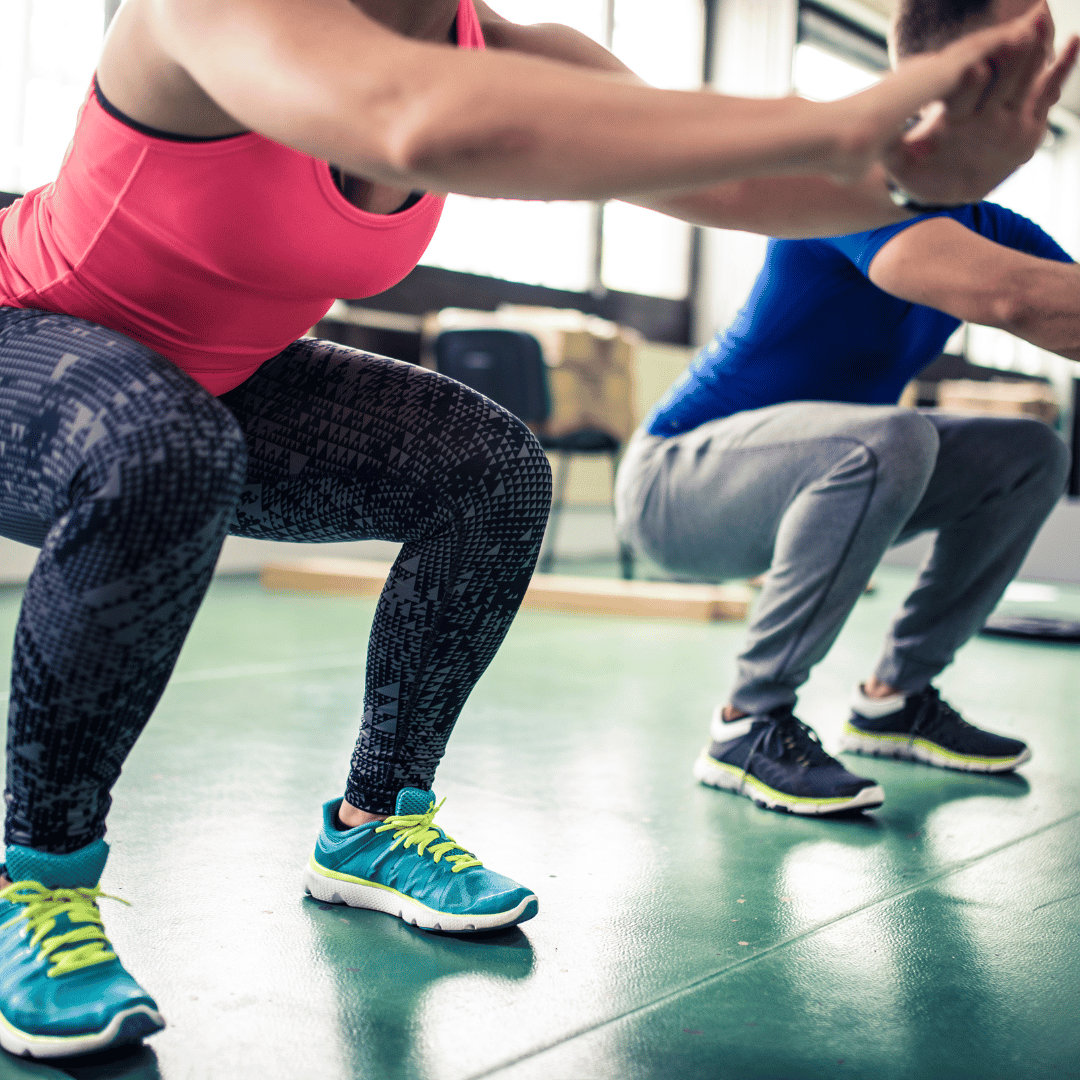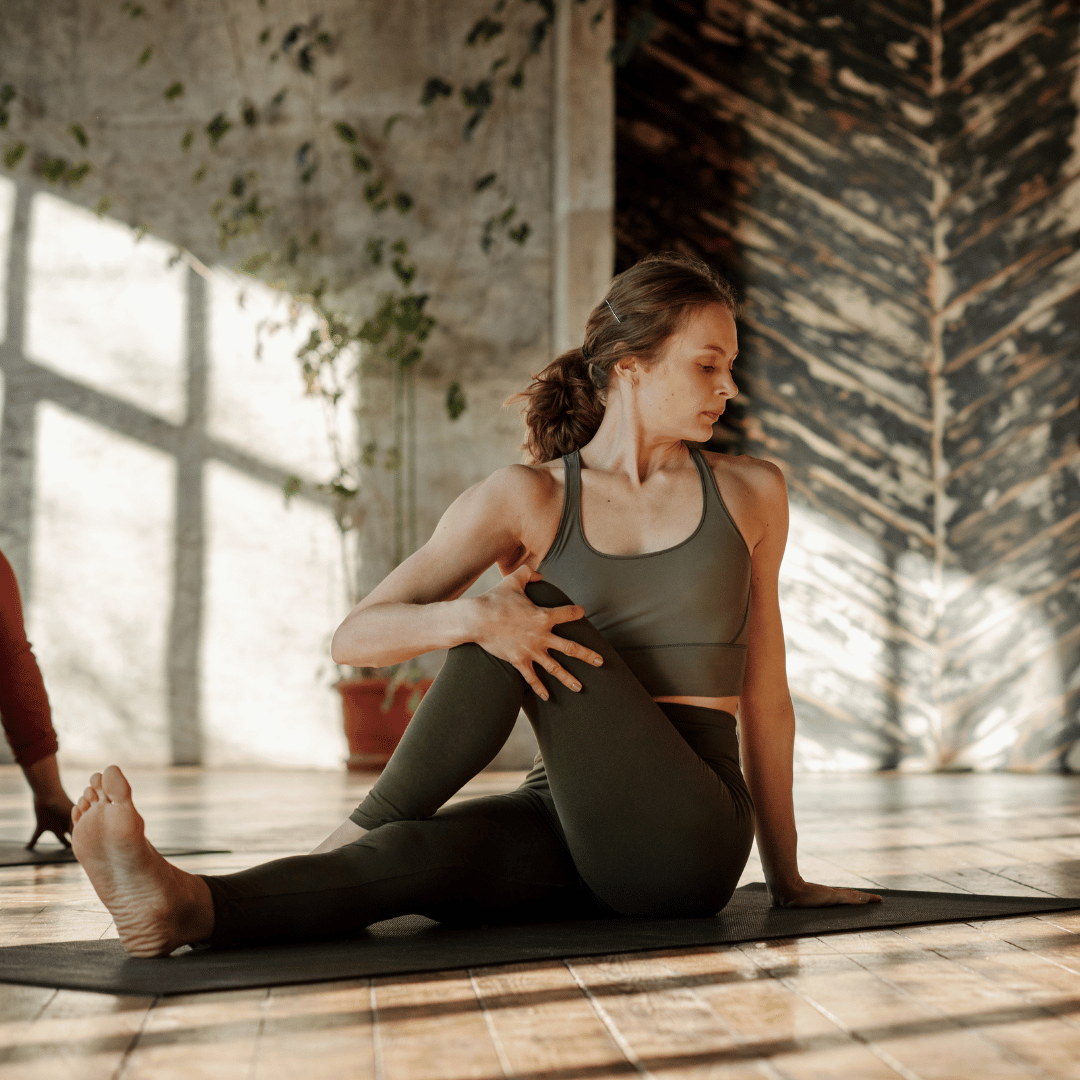As we strive to reach our fitness goals, we often focus on high-intensity workouts and lifting heavy weights. While these are crucial for building strength and endurance, it's important not to overlook the importance of a proper warm-up. Dynamic stretching, in particular, is an effective way to prepare your body for exercise and can lead to improved performance, reduced risk of injury, and increased flexibility. In this article, we will explore the benefits of dynamic stretching, compare it to static stretching, and provide tips for incorporating it into your workout routine.
Benefits of Dynamic Stretching
Dynamic stretching involves moving through a range of motion, using controlled movements to increase blood flow and warm up the muscles. Here are some of the benefits of dynamic stretching:
Increased flexibility and mobility
Dynamic stretching helps to improve flexibility by lengthening the muscles and preparing them for movement. This can lead to improved range of motion and better performance during exercise.
Improved athletic performance
Dynamic stretching can help to enhance athletic performance by increasing power and agility. It can also improve reaction time, balance, and coordination.
Reduced risk of injury
Dynamic stretching can reduce the risk of injury by increasing blood flow to the muscles and preparing them for exercise. It can also help to improve joint stability and prevent muscle imbalances.
Enhanced muscle activation
Dynamic stretching can activate the muscles that will be used during the workout, leading to better muscle recruitment and improved performance.
Dynamic Stretching vs. Static Stretching
Static stretching involves holding a stretch for a prolonged period of time, typically 30 seconds or more. While static stretching can be beneficial for improving flexibility, it is not as effective as a warm-up for several reasons. Firstly, it can actually decrease power and performance by relaxing the muscles. Secondly, it does not prepare the muscles for movement, making it less effective for reducing the risk of injury.
Dynamic stretching, on the other hand, is a better warm-up because it involves movement and helps to prepare the body for exercise. It also has been shown to improve performance and reduce the risk of injury.
How to Incorporate Dynamic Stretching into Your Warm-Up
When incorporating dynamic stretching into your warm-up, it's important to target the specific muscles that will be used during your workout. This can help to activate the muscles and improve performance. Here are some examples of dynamic stretches:
- Leg swings
- High knees
- Lunges with rotation
- Arm circles
- Jumping jacks
A dynamic stretching routine should last between 5-10 minutes,
and can be modified based on your workout and specific needs. It's important to gradually increase the intensity of the stretches and to listen to your body. Here's a sample dynamic stretching routine:
- Leg swings - 10 reps on each side
- High knees - 30 seconds
- Lunges with rotation - 10 reps on each side
- Arm circles - 10 reps forward, 10 reps backward
- Jumping jacks - 30 seconds
Tips for Effective Dynamic Stretching
To get the most out of your dynamic stretching routine, here are some tips to keep in mind:
Proper form and technique
Make sure you're using proper form and technique during your stretches to avoid injury. This includes keeping your back straight, engaging your core, and avoiding any jerky movements.
Gradual progression
Start with easier stretches and gradually increase the intensity to avoid overexertion. This can also help prevent muscle soreness and injury.
Listening to your body
Pay attention to how your body feels during your warm-up and adjust your routine accordingly. If something doesn't feel right, it's important to stop and reassess.
Conclusion
Dynamic stretching is an essential part of any warm-up routine and can lead to improved athletic performance, reduced risk of injury, and increased flexibility. By incorporating dynamic stretches into your workout routine, you can unlock your full potential and achieve your fitness goals.
FAQs
Can dynamic stretching be used for any type of workout?
Dynamic stretching can be used for most types of workouts, including strength training, cardio, and sports-specific activities.
How long should a dynamic stretching routine last?
A dynamic stretching routine should last between 5-10 minutes.
Is it necessary to warm up before stretching?
Yes, warming up before stretching is important to prepare the muscles for exercise and reduce the risk of injury.
Can static stretching be incorporated after dynamic stretching?
Yes, static stretching can be incorporated after dynamic stretching as a way to further improve flexibility.
Can dynamic stretching be done without a warm-up?
No, it's important to warm up before engaging in dynamic stretching to prepare the muscles for exercise and reduce the risk of injury.










Leave a comment
This site is protected by hCaptcha and the hCaptcha Privacy Policy and Terms of Service apply.